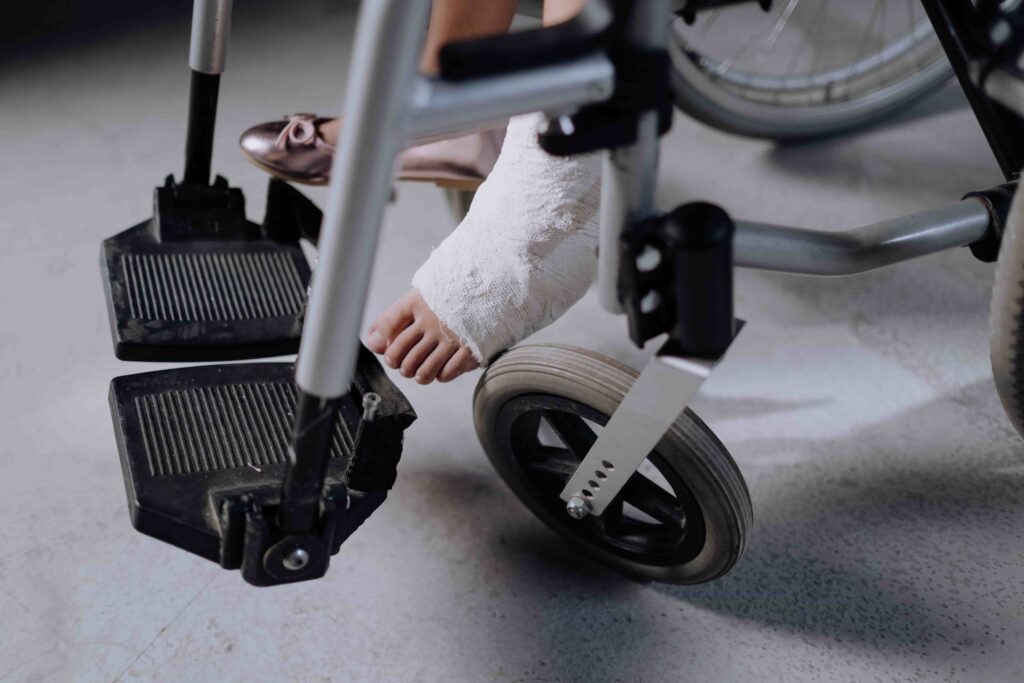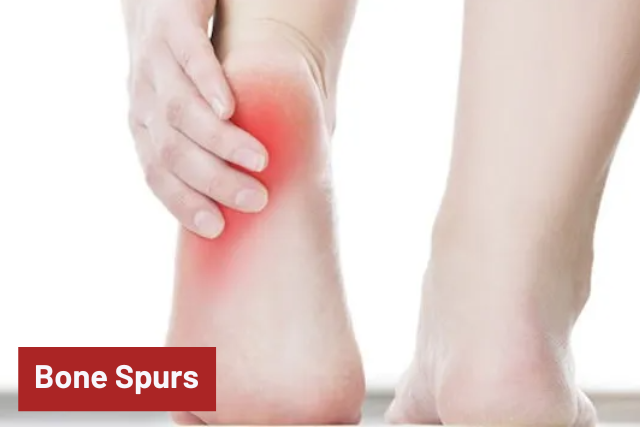
Breaking a leg – or a hand, or a toe, or anything else – is always painful and never easy to manage. However, a fracture is a widespread injury, and, on average, every person will experience two broken bones in a lifetime.
While sometimes it can be nothing scary and can be dealt with with a pair of walking boots for broken toes, in other cases, the injury may be severe and require surgical intervention and several months to heal completely. This means that everyone should learn the first aid steps for broken bones.
Fractures require immediate medical attention, proper care, and physiotherapy. However, you need to know what to do (and, more importantly, what not to do) before the doctor arrives. In this article, you’ll find the first aid information about dealing with broken bones. Read on.
What Is a Broken Bone?

A break in the bone is a common injury, and it has a medical name – fracture. It’s painful, to say the least, and can be difficult to deal with. Broken bones are injuries caused by the sudden impact or force applied to a bone, most frequently accompanied by a characteristic “crack” sound.
A bone has many blood vessels inside of it, which makes it very flexible and highly vulnerable to external impact.
The main symptoms of a broken bone include pain and swelling. The affected area will also feel tender to the touch, and there may be bruising around it. Depending on the severity of the break, other symptoms may also occur.
Why Is a Broken Bone a Medical Emergency?
The most severe broken bones cause injuries to the surrounding tissue, such as muscles or blood vessels. These kinds of fractures require immediate medical attention.
- The injured person can feel or see the bone sticking out through the skin.
- There is severe bleeding from the broken area.
- The injured person feels nauseous and/or suffers from vomiting.
- The injured person cannot move their limbs or experience numbness, tingling, or other unusual sensations in the affected area.
These are the most severe cases and require urgent care. If you suspect that you or someone else have broken a bone, don’t wait for the signs to develop into something more serious. You should contact 911 or head to the nearest hospital immediately.
What Are the Causes of Broken Bones?
Fractures are caused by sudden trauma that overwhelms the bone structure. The most common causes of broken bones are falls, car accidents, sports injuries, and work-related accidents.
Older people are particularly at risk for broken bones due to osteoporosis, which weakens their bones. In addition, some medications can weaken the bones and increase their susceptibility to fracture.
How Can I Treat a Broken Bone?

If you or another person around you have broken a bone, it is imperative to know how to behave yourself until the doctors arrive. Moreover, if you know how to treat a broken bone properly, it can positively affect the recovery process later on.
Let’s take a look at this process step-by-step:
Stop the Bleeding
If you or someone around you have just broken a bone, the first step is to stop the bleeding. Use clean gauze pads to wrap up the wound (as long as there is no severe bleeding). If you have access to ice, apply it to the injured area. You may also use ice packs or cold water to keep the pain under control.
Immobilize the Injury
Once you have stopped the bleeding, you need to immobilize the injury to heal correctly. You can do this by using anything that will hold the limb still – a pillow, rolled-up towel, etc. Tie the limb securely using elastic bandages or even DIY “splints.”
Get Medical Help Immediately
Once you have immobilized the broken limb, you should immediately call for medical help or, if the pain is not severe, head straight to the hospital for help and treatment.
There is a set of other things to do while waiting for help:
- wipe off any dirt or debris from around the wound
- check it for bleeding regularly
- watch out for signs of shock, such as nausea or pain in the chest
- change your bandages regularly
The sooner you or another injured person get medical help after breaking the limb, the better off you will be. Thus, make sure to follow these steps and not postpone the physical examination to the moment when pain is already unbearable.
Heal Yourself
While waiting for treatment at the hospital or during recovery at home, you should try and support the healing process as much as possible. These are the tips that contribute to your recovery:
- keep your fractured limb elevated (keep it above the heart level) and try not to move it too much
- avoid using any heating pads or heating lamps
- apply a light pressure bandage (paper towel works well) if you notice fresh bleeding.
Conclusion
Managing a broken bone can be a challenging experience, especially if the fracture is a severe case. However, it is crucial to know how to behave yourself right after the accident and carefully follow the first aid steps. It will allow you to relieve the pain and avoid making the situation worse.
If you do not experience too much pain but have heard the characteristic “crack” sound, it is still critical that you see a doctor (even a general practitioner) as soon as possible to prevent your condition from worsening.
It is crucial to understand that only a professional can evaluate the fracture’s severity and that you should avoid treating a broken bone on your own without a medical examination.
Also Read
- lifetime-fitness-membership-prices-locations
- membership-levels-at-lifetime-fitness
- everything-you-need-to-know-about-la-fitness
- 40 Junk Food List | Healthy And Unhealthy Food
- Lifetime Onyx Membership: What Is It- Advantage & Price
- Western-health-advantage
- 4-factors-to-consider-when-planning-meals
- Benefits-of-biotin
- Keto-diet-advantages-and-disadvantages
- What Makes You Loopy After Wisdom Teeth Removal
